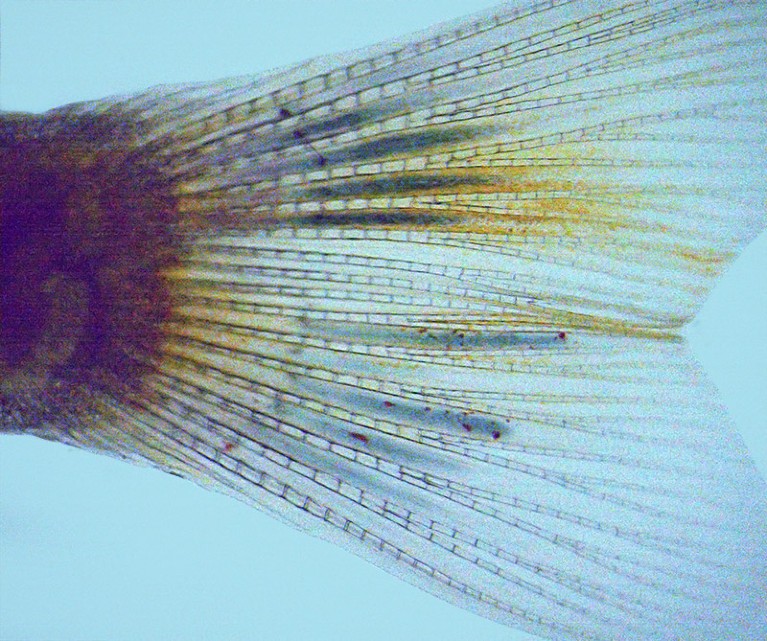
Injectable gel can transform into a conductive polymer using animal's internal chemistry
Scientists have developed an injectable gel that can transform into a conductive polymer using an animal’s internal chemistry. The gel, made up of chemical building blocks for a conductive polymer and enzymes, reacts with common metabolites such as glucose and lactate to polymerize into a firmer, soft material. Researchers at Linköping University in Sweden, working with chemical biologists at Lund University, generated polymer ‘electrodes’ inside the fins and brains of zebrafish, as well as muscle tissue from chickens, cows, and pigs. The discovery could lead to the development of electronic devices that can be implanted into body tissues without causing harm.

Conventional electronic materials used in implanted devices can cause inflammation, scarring, and eventually stop working. Although progress has been made in developing soft, flexible electrodes, getting them into the body in a non-invasive way is still challenging. The gel developed by the researchers provides an alternative solution as it doesn’t polymerize until inside the body, and its compliance and biocompatibility eliminate the mechanical differences between typical electrode materials and living tissue. This approach eliminates the invasiveness of some medical implants and could potentially improve deep-brain stimulation and nerve damage treatment technologies.
The idea of creating a conducting material inside the body using living tissue’s chemistry is not new. Researchers have reported engineering an enzyme to be expressed in genetically modified neurons in the nematode worm Caenorhabditis elegans to produce conductive polymers. However, the latest research is of value because it doesn’t require the organism to be genetically modified, and the gel reacts with substances that the body naturally produces. The researchers need to conduct more tests to establish the safety of the approach, including looking at long-term chronic responses.






